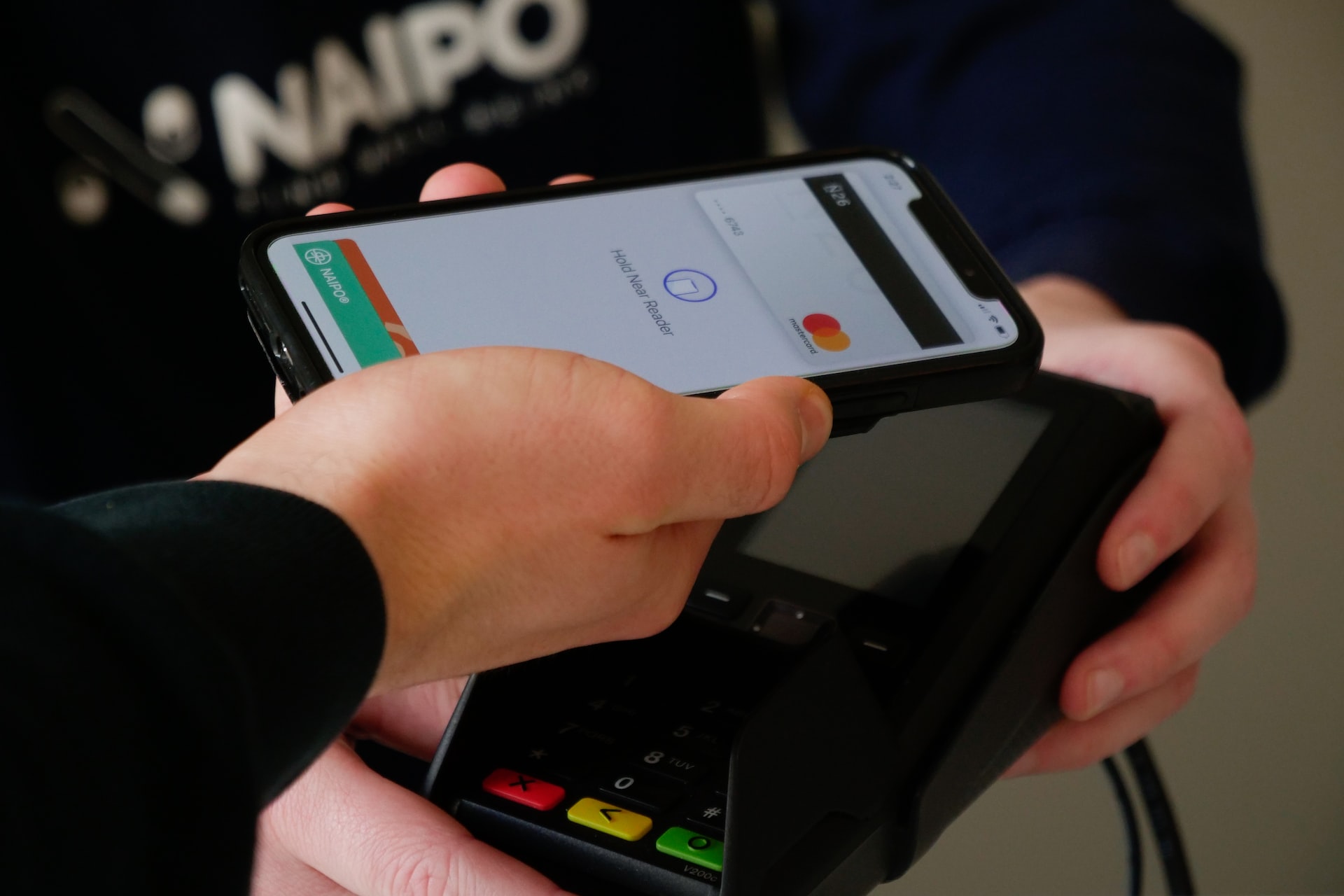
You need to understand Shopify fees to make sure your business stays profitable. The fees that you pay will give you essential insights into the best way to plan for business success. In this post, we’ll break the basic fees down for you so you can see what you’re facing.
Detailed Breakdown of Shopify Plans
Shopify offers three core pricing plans to fit the needs of businesses of all sizes: Basic Shopify, Shopify, and Advanced Shopify. These plans include a monthly subscription fee, a transaction fee for each sale you make, and additional fees for certain payment methods.
Shopify offers a 14-day free trial for all its plans. You can save money on your monthly subscription fee by paying annually. Shopify also offers a variety of add-on apps and services that can help you extend the functionality of your store. Overall, Shopify offers a variety of pricing plans to fit the needs of businesses of all sizes. The best plan for you will depend on your specific needs and budget.
Shopify Lite
Starter plan ($9 per month)
While not technically a part of the core three plans, Shopify Lite is a great option for businesses that want to sell products on an existing website. It allows you to add a Buy Button or product widget to your current website, letting you turn it into a basic online store. Transaction fees are the same as the Basic Shopify plan at 2.9% + $0.30 per transaction.
Basic Shopify
($29 per month)
This plan is ideal for new businesses or those with a small product line. It allows you to sell unlimited products online and in person, too. This plan offers basic features like discount codes, abandoned cart recovery, and a free SSL certificate. We love that it includes two staff accounts for when you hire a Shopify virtual assistant. Note the 2.9% + $0.30 transaction fee.
Shopify
($79 per month)
This standard plan is ideal for growing businesses with a larger product line. It includes all the features of the Basic Shopify plan, plus additional features. These include five staff accounts, gift cards, Shopify POS lite, and reports by staff member. It has a lower 2.6% + $0.30 transaction fee.
Advanced Shopify
($299 per month)
This robust plan is ideal for established businesses with high sales volume. It includes all the features of the Shopify plan, plus a few more perks. You get fifteen staff accounts, advanced fraud analysis, unlimited third-party app integrations, and an advanced report builder. Note the even lower 2.4% + $0.30 transaction fee.
Shopify Plus
This tier is for those who need custom pricing. It’s ideal for high-volume businesses with very specific needs. It includes all the features of Advanced Shopify, plus unlimited staff accounts, large order discounts, priority support, and more. Contact them to ask about this.
Shopify Fees and Hidden Costs

Shopify fees can be broken down into three main categories. Monthly subscription fees are fixed monthly charges for the plans above, which give you access to Shopify’s ecommerce platform. Shopify also charges Transaction fees on each sale you make through your Shopify store.
There are two parts to the transaction fee. First, the Percentage fee is a fixed percentage of the total sales amount (including taxes). The rate depends on your chosen Shopify plan.Second, the Fixed fee is a flat fee applied to each transaction, regardless of the sales amount.
You need to be aware of a few other fees that may apply to you depending on your specific situation. If you don’t use Shopify Payments as your payment gateway, your chosen third-party processor may charge additional credit card processing fees. Some third-party apps available on the Shopify app store have their own fees, too. If you sell in a currency different from your store’s base currency, Shopify charges a 1.5% conversion fee (or 2% outside the US).
Using Shopify Payments
When choosing how to accept payments on your Shopify store, you have two main options: Shopify Payments and third-party payment gateways. Of course, you get benefits from using Shopify’s own system. Shopify Payments guarantees seamless integration because it’s built directly into Shopify. This gives you hassle-free setup and easy management of your payments within your Shopify admin.
You can also avoid the transaction fees that Shopify puts on top of the payment processor fee. Additionally, all your payment information is consolidated within Shopify’s reporting. This makes it easier to track sales and reconcile accounts. In some cases, Shopify Payments may offer faster access to your sales funds compared to third-party processors.
With all these advantages, be aware that Shopify Payments offers a narrower range of payment methods compared to some third-party gateways. Shopify Payments may not also be available for businesses operating in your country. Check Shopify’s eligibility requirements so you know if you qualify. Shopify handles the authorization process for payments, so you may have less control over potential declines.
Using Third-Party Payment Gateways
Going with third-party payment gateways has its own advantages. Above all, many offer a wider range of payment methods and are available in more countries. You can choose a gateway that specializes in specific payment types or regions, too. These potentially increases your customer reach and allow for a more customized solution. Some third-party gateways will offer more control over the authorization process. This means you can manage decline rates and set fraud prevention rules.
Note that you may need additional setup steps to integrate a third-party gateway. It can also mean extra fees from the chosen gateway provider, on top of Shopify’s transaction fees. Remember that you’ll need to manage your payment information within both Shopify and the third-party gateway’s separate reporting system. This can be a hassle and another expense if you engage virtual assistant services. Depending on the gateway, payouts from sales may take longer to receive compared to Shopify Payments.
All things considered, the best option for you depends on your specific needs and priorities. If you operate in a country where Shopify Payments isn’t available, a third-party gateway is necessary. You may also need to offer a wider range of payment options beyond what Shopify Payments provides.
If you have a high transaction volume, Shopify Payments may be better. Make sure you calculate your potential cost savings from avoiding Shopify’s transaction fees. Integrating a third-party gateway may require some technical knowledge, and additional expense, while Shopify Payments offers a simpler setup.
Selling on Shopify: Digital Products, Dropshipping, and Facebook Integration

Digital Products
When you’re ready to set up your digital products, go to “Add product” under “Products” in your Shopify admin. Create a clear and descriptive title, accurate product information, and high-quality images for your digital product. If you’re not sure what to do here, consider hiring an SEO virtual assistant. Then, under “Inventory,” select “This is a digital product”. This removes the shipping option at checkout.
In the “Inventory” section, scroll down to Digital downloads. Click “Add file” and upload the digital file(s) associated with your product. You can upload multiple files if your product includes several components (e.g., an ebook and bonus content). Be aware of Shopify’s file size limits for digital downloads. The current limit is 20GB per file and 5GB total per product.
Shopify has two main ways of handling download link delivery. By default, Shopify includes a download link in the order confirmation email sent to the customer after purchase. You can also choose to deliver the download link manually through another email or by providing instructions within the order confirmation email.
Recommendations
Shopify recommends the Basic Shopify plan or higher for selling digital products. These plans allow you to add downloadable files to your products. You can set a limit on the number of times a customer can download the file(s) after purchase. This can be helpful for products with limited licenses or to prevent excessive downloads. You can also set an expiration time for the download link. After this time, the customer won’t be able to access the files even if they haven’t reached their download limit.
Shopify offers various apps specifically for selling digital products, which are useful if you want to provide additional features. For example, you can offer automatic download link delivery, password protection for downloads, and cloud storage service integration. Since you have no physical product to ship, you’ll need to mark digital product orders as “fulfilled” after the customer receives the download link.
Be prepared to offer customer support if customers have issues accessing their downloads. Clear instructions within your product description and order confirmation emails can help minimize these issues.
Dropshipping
Dropshipping on Shopify can be a way to start an online business without having to manage physical inventory. You must, however, research and identify a profitable niche with products you’re passionate about. Consider factors like competition, target audience, and product margins. Then, you need to partner with reputable dropshipping suppliers who offer high-quality products, competitive pricing, and reliable shipping.
Sign up for Basic Shopify or higher as recommended for dropshipping. Design your store, add product descriptions, and high-quality images. You can add products individually, entering product details, pricing, and supplier information for each item.
Alternatively, you can use a Shopify app. Many integrate with popular dropshipping suppliers, allowing you to import product data and manage inventory updates more efficiently. When a customer places an order on your Shopify store, you’ll receive notification. You then purchase the product from your dropshipping supplier at their wholesale price and provide the customer’s shipping information. The supplier then ships the product directly to your customer.
Recommendations
Don’t forget to factor in product cost, dropshipping supplier fees, your desired profit margin, and competitor pricing to determine your product prices. Attract customers through effective strategies like social media marketing, search engine optimization (SEO marketing), and paid advertising.
Note that dropshipping products often have lower profit margins compared to other business models. Careful planning and pricing strategies are essential. While you don’t physically hold inventory, you still need to manage supplier stock levels and update your store accordingly to avoid out-of-stock situations. You’re responsible for customer satisfaction. Make sure you choose reliable partners to ensure timely shipping and properly handle inquiries.
Facebook Integration
Shopify offers integration with Facebook and Instagram through a feature called “Facebook and Instagram by Meta.” This integration allows you to connect your Shopify store to your Facebook and/or Instagram accounts and unlock various functionalities to sell on these platforms. You can manage customer interactions and inquiries conveniently from Facebook Messenger within your Shopify admin. This integration allows you to sell to a wider audience through established social media platforms. You can reach more potential customers with relevant product ads based on their interests and online behavior.
Start by syncing your product catalog from Shopify to Facebook and Instagram. Create Facebook Shops and Instagram Shops to allow customers to browse and purchase products directly on these platforms. Use Facebook Ads Manager to create targeted advertising campaigns to reach potential customers on Facebook and Instagram. You can use product data from your Shopify store to create dynamic product ads that showcase specific products to relevant audiences.
Recommendations
We love that you can use Shopify analytics to track customer behavior and store performance. For advanced tracking and advertising features, consider installing the Facebook Pixel on your Shopify store. Note that you can manage product catalogs and Shops through Shopify, but you must use Facebook Ads Manager for Facebook campaigns. Look into Shopify apps that can extend the functionalities of the Facebook and Instagram integration, too.
Frequently Asked Questions
Can I upgrade or downgrade my Shopify plan easily?
Yes, upgrading or downgrading your Shopify plan is a relatively straightforward process. You can complete either through your Shopify admin dashboard. Simply log in, navigate to “Settings” and locate the “Billing” option. Under the “Plan” section, click on the option to “Choose a new plan”. Shopify will present the available plans with their features and pricing. Once you’ve selected your desired plan, follow the on-screen prompts to confirm the change.
How does Shopify facilitate international sales and shipping?
Shopify offers a range of features and tools to help businesses facilitate international sales and shipping. First, Shopify allows you to display product prices and accept payments in multiple currencies. Second, while Shopify doesn’t directly offer built-in multilingual storefronts, apps and integrations can enable you to translate your store content into different languages. Third, Shopify Markets lets you tailor your product offerings and marketing strategies to specific regions based on currency, language, and compliance requirements. Fourth, Shopify Shipping allows you to purchase discounted shipping labels for international destinations through partnerships with carriers like USPS, DHL Express, and UPS. Shopify Shipping also helps generate necessary customs forms automatically, streamlining the international shipping process.
What Is EcomBalance?

EcomBalance is a monthly bookkeeping service specialized for eCommerce companies selling on Amazon, Shopify, Ebay, Etsy, WooCommerce, & other eCommerce channels.
We take monthly bookkeeping off your plate and deliver you your financial statements by the 15th or 20th of each month.
You’ll have your Profit and Loss Statement, Balance Sheet, and Cash Flow Statement ready for analysis each month so you and your business partners can make better business decisions.
Interested in learning more? Schedule a call with our CEO, Nathan Hirsch.
And here’s some free resources:
- Monthly Finance Meeting Agenda
- 9 Steps to Master Your Ecommerce Bookkeeping Checklist
- The Ultimate Guide on Finding an Ecommerce Virtual Bookkeeping Service
- What Is a Profit and Loss Statement?
- How to Read & Interpret a Cash Flow Statement
- How to Read a Balance Sheet & Truly Understand It
Conclusion
By understanding Shopify’s fee structure, you can make informed decisions about which plan is right for your business and how to manage your overall selling costs. Carefully consider each option available to you to build a more successful online business.








